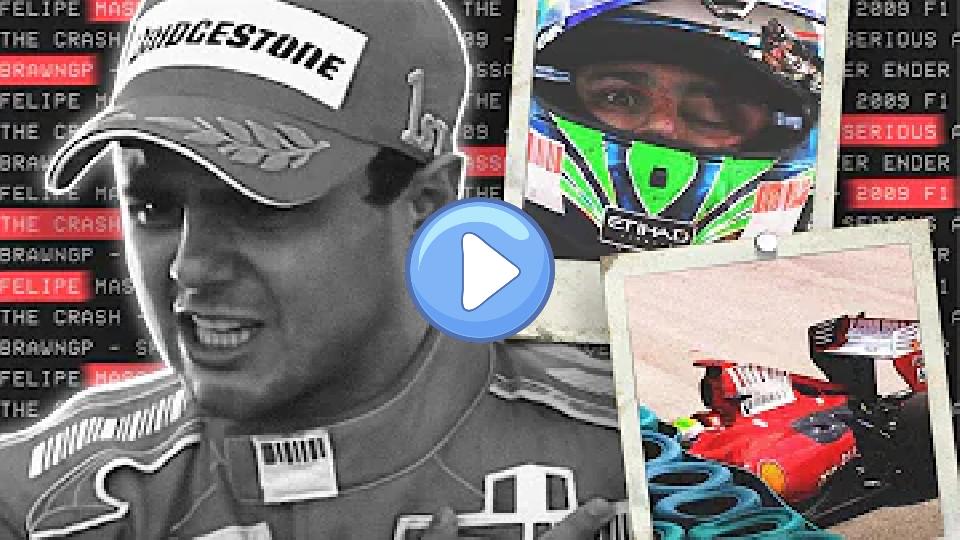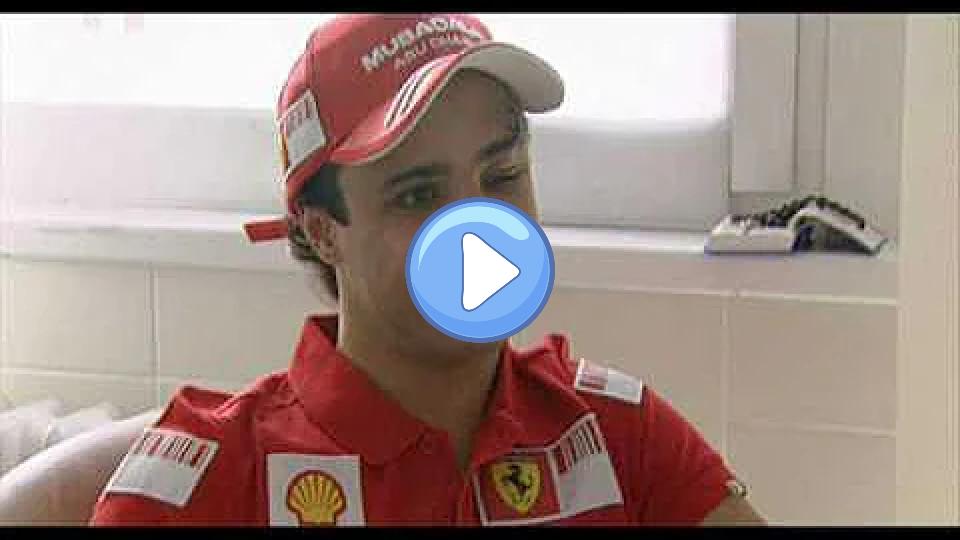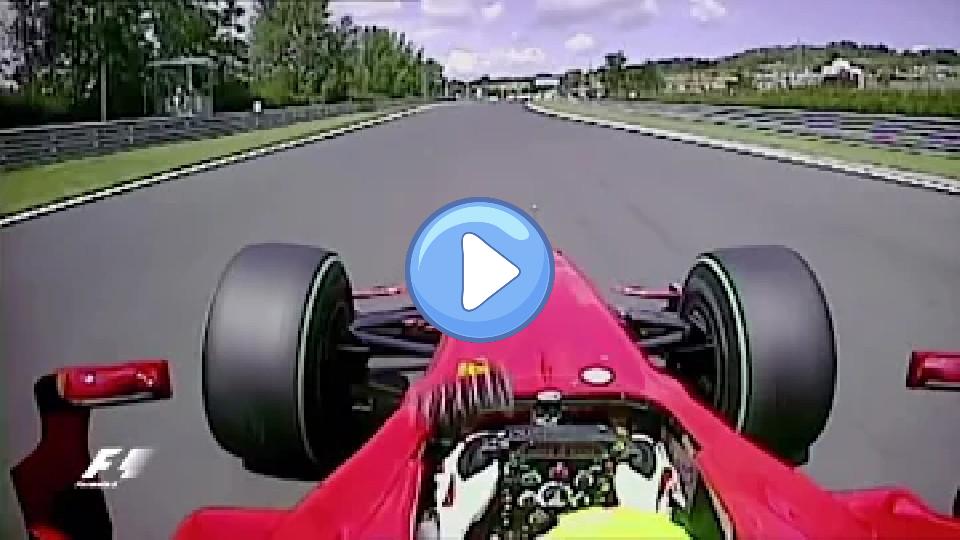Felipe Massa's Sports Injuries
Type of Sport: Racing
Felipe Massa's Sports Injuries Table
| Type | Area | Date | Consequences | Content | How It Happened | Recovery Duration | Rehabilitation Details | Impact On Career | Psychological Impact | Previous Injuries | Return To Competition | Severity | Treatment | Medical Staff | Long Term Impact | Preventive Measures | Competition Missed | Initial Symptoms | Re Injury Risk | Support System | Rehabilitation Location |
|---|---|---|---|---|---|---|---|---|---|---|---|---|---|---|---|---|---|---|---|---|---|
| Back Injuries | Back | 2017-07-27 | Massa was diagnosed with a back injury exacerbated by the physical demands of driving. | Massa withdrew from the Hungarian Grand Prix weekend after experiencing symptoms during practice sessions. He was replaced by Paul di Resta for the race. | During practice for the Hungarian Grand Prix, Massa experienced severe dizziness and back pain. | Approximately 2 weeks | Medical treatment to alleviate symptoms, followed by physical therapy to strengthen the back muscles. | Massa missed the Hungarian Grand Prix but returned to racing shortly after. | Minor, Massa showed determination to recover and return to competition. | Previous head and neck injuries | 2017-08-27, Belgian Grand Prix | Moderate | Medical treatment for dizziness and back pain, physical therapy | Williams F1 Team medical staff | No long-term physical impairments reported | Continued physical conditioning and medical monitoring | Hungarian Grand Prix 2017 | Severe dizziness and back pain | Moderate, due to physical demands of motorsport | Support from team (Williams), family, and medical professionals | Facilities provided by Williams F1 Team |
| Head Injuries | Head | 2009-07-24 | Massa suffered a fractured skull and underwent surgery. | The incident occurred at the Hungaroring circuit. Massa was airlifted to the hospital and placed in an induced coma to stabilize his condition. He missed the rest of the 2009 season. | During the qualifying session for the Hungarian Grand Prix, a suspension spring from Rubens Barrichello's car struck Felipe Massa's helmet at high speed. | Approximately 6 months | Massa underwent extensive rehabilitation, including physical therapy and gradual return to racing activities. | Massa returned to racing in the 2010 season but was not able to regain his previous form immediately. | The injury had a significant psychological impact, but Massa showed resilience and determination to return to Formula 1. | None of similar severity | 2010-03-14, Bahrain Grand Prix | Severe | Surgery to repair the skull fracture, followed by intensive care and rehabilitation | Dr. Robert Veres and his medical team at the AEK Hospital in Budapest | No long-term physical impairments reported, but potential long-term psychological effects | Improvements in helmet design and increased safety measures in Formula 1 | The remainder of the 2009 season | Loss of consciousness, severe head trauma | Low with current safety measures | Support from family, team (Ferrari), and medical professionals | AEK Hospital in Budapest, followed by facilities in Brazil and Italy |
| Neck Injuries | Neck | 2014-06-07 | Massa experienced neck pain and stiffness following the crash. | The crash occurred in the final laps of the race at the Circuit Gilles Villeneuve. Massa's Williams car collided with Perez's Force India, causing both cars to crash into the barriers. | During the Canadian Grand Prix, Massa was involved in a high-speed collision with Sergio Perez. | Approximately 2 weeks | Physical therapy and rest to alleviate neck pain and ensure full recovery before the next race. | Massa was able to continue racing without missing significant time. | Minor, Massa was able to return to racing with confidence. | Previous head injury in 2009 | 2014-06-22, Austrian Grand Prix | Moderate | Physical therapy and rest | Williams F1 Team medical staff | No long-term physical impairments reported | Continued focus on improving car safety and crash protection | None | Neck pain and stiffness | Moderate, typical in high-speed motorsport | Support from team (Williams), family, and medical professionals | Facilities provided by Williams F1 Team |
Felipe Massa's Sports Injuries Videos
How a Crash Ended Felipe Massa's Career
In 2009, Formula One saw significant regulation changes and Braun GP's dominance with their white cars. However, a severe accident involving Felipe Massa at the Hungaroring on July 25, 2009, stole headlines for grim reasons. Massa, who narrowly missed winning the 2008 World Championship, was struck by a spring from Rubens Barrichello's car, causing a high-speed crash that rendered him unconscious. He was rushed to the hospital for surgery and eventually recovered, but the incident led to changes in F1 safety standards, including helmet redesigns. Despite a comeback in 2010, some fans believe Massa was never the same driver post-accident. The FIA's investigation and subsequent safety improvements highlighted the ongoing need for enhanced driver protection in the sport.

Felipe Massa Crash Hungaroring F1 2009 - Live Coverage Sky Sports ITA
All copyrights go to FOM and Sky Sport F1 Italia, 2009. Video from Il Pilota Nostalgico - DailyMotion. Copyright disclaimer: I don't...

From Research to Track: New Helmet Standard Following Felipe Massa's Accident
The video provides exclusive insights into how the FIA developed new F1 helmet standards, starting from Felipe Massa's accident. The analysis of helmet performance after his crash revealed room for improvement. The FIA collaborated with research teams, the industry, and laboratories to enhance safety and reduce fatalities. They conducted unique tests, including using an air cannon to shoot projectiles at helmets to measure impact. The development involved tough discussions and compromises to ensure maximum safety. The new helmet standard integrates reinforcement into the helmet shell, aiming to achieve zero fatalities in motorsport.

Felipe Massa Crash Hungary 2009 - 3D Animation
Amazing 3D animation of Felipe Massa's freak accident in Hungary.

Felipe Massa Crash | 2009 Review - Hungarian Grand Prix
Copyright: Formula One Management.

Felipe Massa knocked unconscious at Hungarian Grand Prix; condition critical.
Brazilian Formula One driver Felipe Massa is in a life-threatening condition after being knocked unconscious in a major accident during qualifying for the Hungarian Grand Prix. Massa was airlifted to the hospital after being hit on the helmet by an object from the car in front of him. As a result, he will not race in the Grand Prix.

Felipe Massa's Hungary qualifying crash 3D analysis
Felipe Massa's crash during the Hungary Qualifying involved a failure in the rear heave, causing him to drive into the path of a spring that struck his helmet above the left eye. The Ferrari was moving at approximately 150 mph. It is unclear if Massa was rendered unconscious, but the brakes were partially locked, with no steering inputs and the throttle still engaged.

Felipe Massa's accident and recovery in 2009
Felipe Massa's accident and recovery in 2009.

In 2009, Felipe Massa was involved in a serious crash during the Hungarian Grand Prix. While driving at high speed during the qualifying session, a suspension spring from Rubens Barrichello's car came loose and struck Massa on the helmet. This caused him to lose consciousness and crash into a tire barrier. Massa suffered a fractured skull and underwent surgery, which led to him missing the remainder of the 2009 season. He made a full recovery and returned to racing in 2010.

